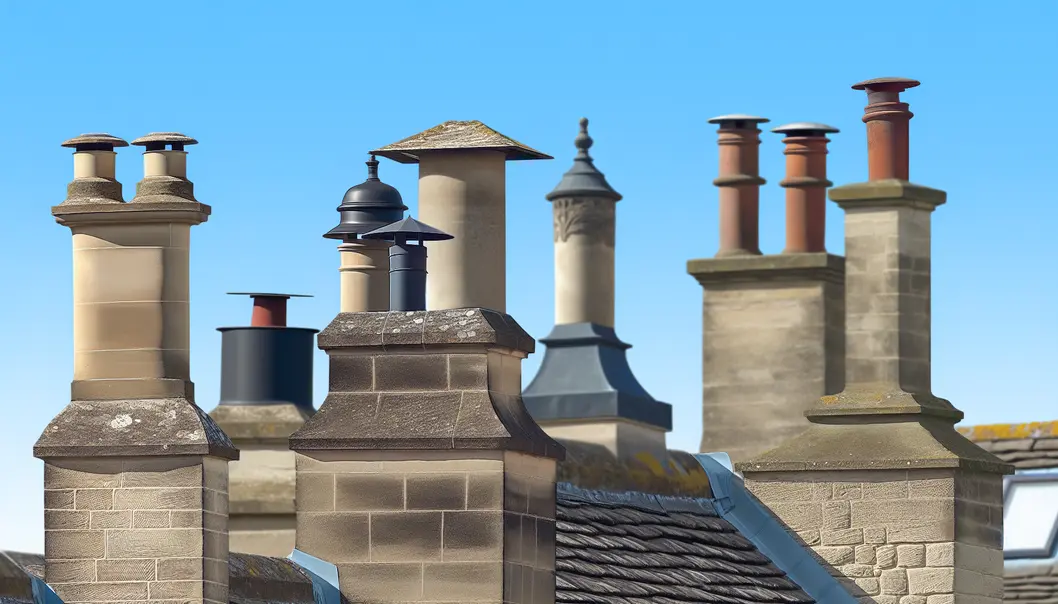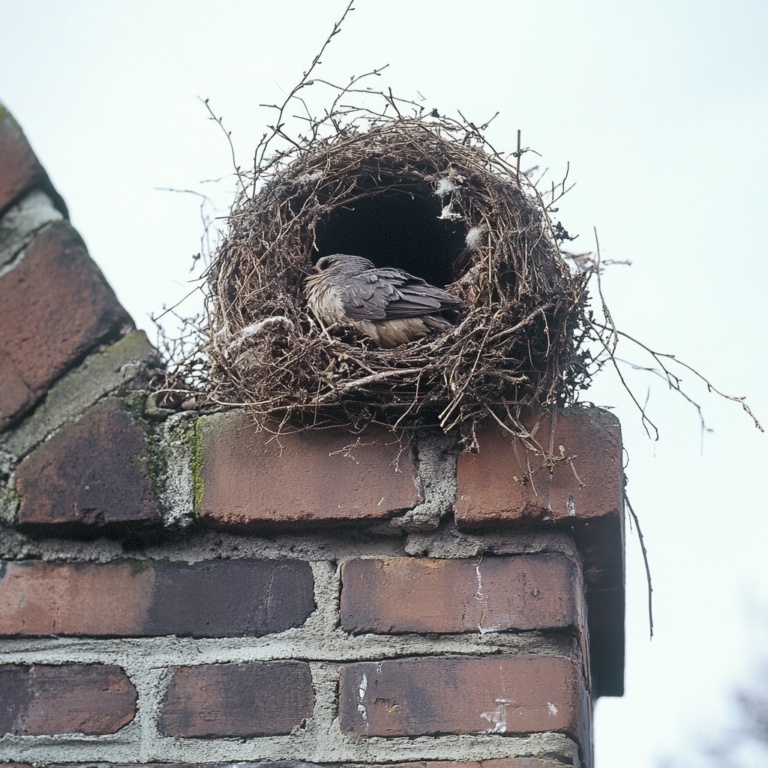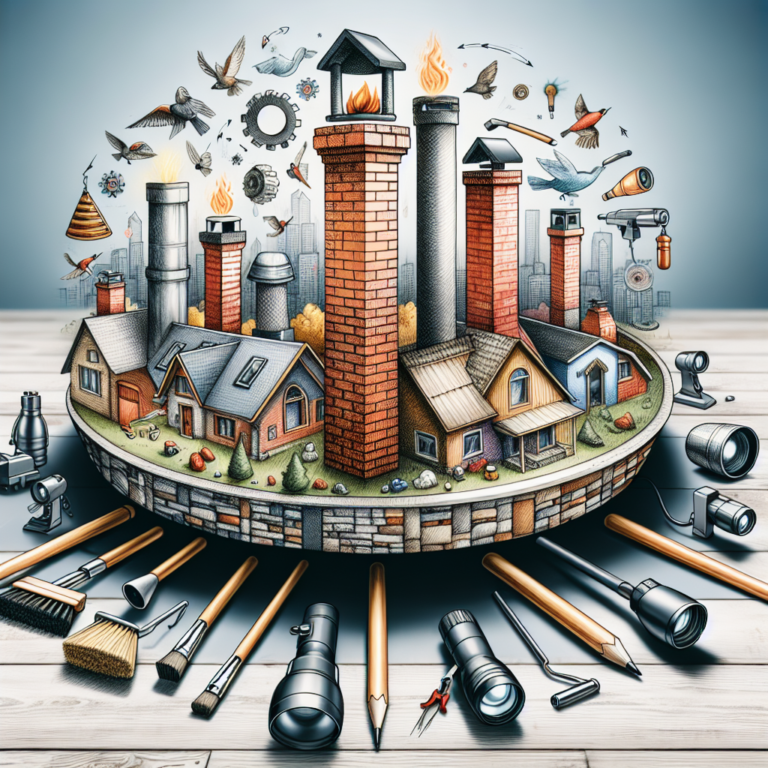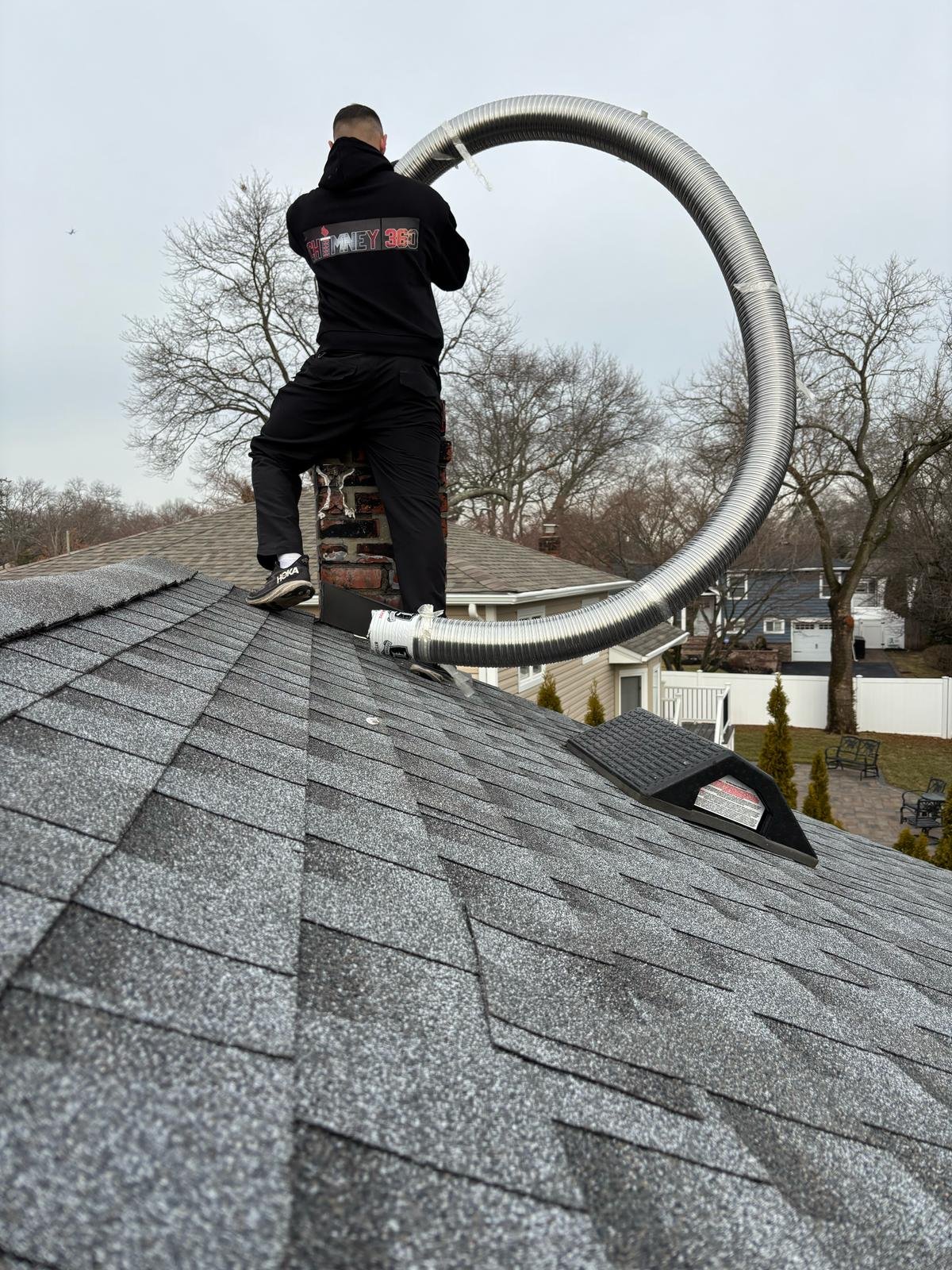Chimney caps and dampers are crucial for maintaining a functional, efficient, and safe home heating system. These components not only enhance energy efficiency but protect against external elements. In this article, we delve into the distinct functions and types of chimney caps and dampers in the first chapter. The second chapter highlights the benefits they offer and provides practical maintenance tips to ensure your chimney performs at its best year-round.
Exploring the Diversity and Purpose of Chimney Caps and Dampers

Chimney systems, often underestimated, play a crucial role in maintaining a home’s safety and energy efficiency. Among their vital components are chimney caps and dampers, each serving distinct yet complementary functions that contribute to an effective chimney operation. Understanding these components is essential for any homeowner keen on maximizing the performance and longevity of their fireplace system.
Chimney Caps: Guardians Against Nature
Chimney caps are protective covers that fit over the top of a chimney. One of their primary roles is to shield the chimney from harsh weather conditions. Rainwater, if allowed to enter the chimney, can wreak havoc by causing deterioration of the chimney’s masonry and damaging metal components within the flue. By providing a physical barrier, chimney caps prevent such water ingress, thus safeguarding the internal structures of the chimney.
In addition to weather protection, chimney caps serve as a critical line of defense against wildlife intrusions. Birds, squirrels, and raccoons often find chimneys an inviting place to nest, which can lead to blockages or even fires if their nesting materials catch fire. A well-designed chimney cap can effectively deter these animals, maintaining the functionality and safety of the chimney.
Debris blockage is another vital role played by chimney caps. Leaves, twigs, and other debris can accumulate in an unprotected chimney, potentially obstructing the flue and affecting its performance. Moreover, some chimney caps are equipped with a mesh screen that acts as a spark arrestor, catching stray sparks or embers that could otherwise ignite nearby combustible materials.
Chimney caps come in various types, including the standard single-flue cap, multi-flue cap, decorative cap, and integral damper cap. These variations are designed to address different needs, from basic single-flue coverage to more comprehensive protection for chimneys with multiple flues.
Chimney Dampers: The Gatekeepers of Efficiency
While chimney caps primarily focus on external protection, chimney dampers work internally to enhance energy efficiency and control airflow. Dampers are installed within the chimney and act as a seal, closing off the chimney when it’s not in use. This prevents the escape of warm air during winter or the ingress of hot air during summer, thereby maintaining the desired indoor temperature and reducing energy costs.
Chimney dampers are crucial for draft control. By regulating the airflow within the chimney, dampers ensure that combustion is efficient when a fire is burning. This control also contributes to effective smoke management, helping smoke to exit the home without allowing it to seep back into living spaces.
There are mainly two types of chimney dampers: the traditional throat damper and the modern top-sealing damper. Throat dampers are located just above the firebox and are generally operated manually. Although easy to access and operate, they are susceptible to warping and rusting over time. On the other hand, top-sealing dampers sit at the top of the chimney and provide a superior seal, which translates to better energy efficiency. However, these require rooftop access for maintenance and operation.
The choice between these types is often influenced by factors such as durability, local climate conditions, and ease of maintenance. Stainless steel and copper materials are favored for their resistance to rust and long-lasting performance, ensuring a reliable barrier against the elements and efficient control over the home environment.
In conclusion, a well-chosen combination of chimney caps and dampers is not only crucial for maintaining safe and efficient chimney operations but also for improving the overall resilience and longevity of the chimney system. For more insights on optimizing your chimney components to ensure they function as intended, please refer to this guide on chimney safety.
The Role of Chimney Caps and Dampers in Efficiency and Safety

Chimney systems, while seemingly simple in design, rely on vital components such as chimney caps and dampers to function effectively and safely. These components not only enhance the efficiency of heating systems but also provide crucial protective benefits. Maintaining them properly ensures the longevity and performance of the entire chimney structure.
Chimney Caps serve multiple roles in protecting your home. Rainwater, if allowed to enter an unprotected chimney, can wreak havoc, particularly on masonry work, leading to significant deterioration over time. The cap acts as a reliable shield against water intrusion, averting costly repairs. Besides water, other intruders like birds and small mammals may see an open chimney as a potential nesting site. This can cause blockages or even carbon monoxide accumulation if those nests aren’t removed, posing serious safety risks. By installing a proper chimney cap, these unwanted visitors are effectively barred, ensuring the chimney remains clear and open.
Furthermore, chimney caps offer critical protection against debris build-up. Accumulated leaves and twigs not only obstruct the flue but can also ignite, starting potentially dangerous chimney fires. Caps with mesh sides can also arrest sparks, preventing embers from exiting the chimney and igniting nearby combustibles on the roof, thus enhancing the safety of households.
Given these benefits, the upkeep of chimney caps cannot be overstated. Regular inspections for rust, corrosion, and damage are necessary. Any form of damage significantly reduces the cap’s ability to perform its intended functions. Cleaning the mesh screens to ensure they are free from soot and blockages is another essential maintenance step. A damaged or inadequate cap needs prompt replacement to restore full protection.
Chimney Dampers, on the other hand, primarily contribute to a home’s energy efficiency and indoor comfort. By sealing off the flue when not in use, dampers prevent heated air from escaping up the chimney during winter and keep cooled air inside during summer. This helps in regulating utility bills year-round, providing both economic and comfort benefits. Beyond energy conservation, dampers also provide a vital draft regulation function. They enable controlled airflow into the fireplace, preventing excessive smoke from entering living spaces, thus maintaining air quality and indoor safety.
Modern top-sealing dampers offer superior sealing capabilities compared to traditional throat dampers. Their installation atop the chimney ensures a more comprehensive airtight seal, further enhancing energy efficiency. Like their cap counterparts, regular maintenance of dampers is crucial. Inspections should be carried out before each heating season to ensure seals remain intact. Any soot buildup should be promptly cleaned, and periodic lubrication of moving parts is recommended to ensure smooth operation.
Together, chimney caps and dampers play pivotal roles not just in safety and preservation but in improving overall home efficiency. Keeping them well-maintained not only protects your home from the elements and unwanted guests but also optimizes energy efficiency and comfort. For more about maintaining chimney systems effectively, you may find additional insights in Chimney Maintenance: Revive Your Home.
Final thoughts
By understanding and maintaining chimney caps and dampers, homeowners can greatly enhance their home’s efficiency and safety. Consistent upkeep ensures your chimney protects against the elements while optimizing energy use. Investing time in these components not only prevents costly repairs but also extends the life of your chimney system.
Protect your chimney from animals, rain, and debris. Install a new cap or damper with Chimney 360!
Learn more: https://chimney360.com/chimney-cap-replacement/
About us
Chimney 360 supplies and installs high-quality chimney caps and dampers to enhance your chimney’s efficiency and protect your home.













